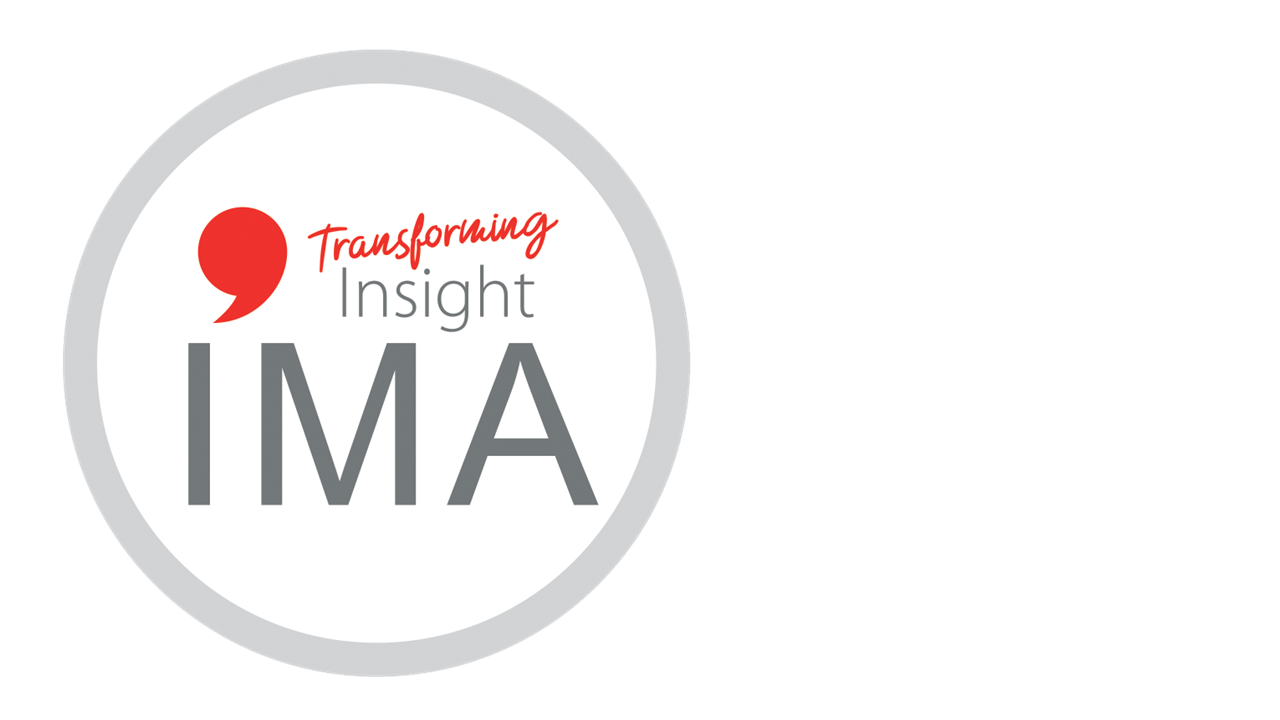
When you think of design, what comes to your mind?
Do you think of an Eames style chair? Perhaps a distinctive fashion piece, or a beautiful wedding invitation?
In a consumer setting, design probably brings to mind a well lit store with carefully laid out products on shelves, or a modern retail banking space, and other interior design elements.
All of these things are types of design, but design thinking is an approach that can be applied more widely than simply to improve how things look. By applying design thinking we can bring an innovative approach to more complex challenges across a wide variety of industries.
The idea is to put the ‘user’ at the centre of the experience. This involves much more than improving visual decoration. Instead, the focus is on improving entire experiences. For example, a designer working for an airline might be focused on transforming the experience of flying by anticipating customers’ needs and providing a special experience they can’t get elsewhere.
What is design thinking?
“Design thinking is a human-centred approach to innovation that draws from the designer’s toolkit to integrate the needs of people, the possibilities of technology, and the requirements for business success.”
—Tim Brown, CEO of IDEO

Thinking like a designer can transform the way organisations develop products, services, processes, and strategy.
This approach, which IDEO calls design thinking, brings together what is desirable from a human point of view with what is technologically feasible and economically viable.
It also allows people who aren’t trained as designers to use creative tools to address a vast range of challenges.
How is design thinking applicable for Insight teams?
Design thinking encourages organisations to focus on the people they're creating for and leads to human-centred products, services, and internal processes. The core of design thinking is to know the questions you need to answer and make sure that solutions are actionable. Many Insight teams would recognise this as a pretty good description of just what they’re trying to do within their organisations!
When a design thinking approach is applied to Insight generation, the benefits are not limited to improving the quality of those insights; they also extend to improving relationships across the organisation, raising the level of understanding of end users needs, and ensuring that products, services and processes are designed to meet those needs.
5 steps to improve your Insight generation with design thinking
Step 1: Be a detective
When you gather your data, don’t rely purely on datasets, reports, charts, emails or forms filled. It’s important to have face to face meetings with those involved in the challenge you’re working on. Depending on the challenge, this could include others in your organisation - decision makers, or those with specific knowledge or access to data that could help.
It could also be the end users – your customers or consumers. Get out there and observe their interaction with your organisation’s process or product. And when you do, keep an open mind, ask questions and be a good listener.
All of this can help to uncover root problems, the truths that slip through the cracks, the assumptions, the cultural and organisational biases, the key insights.
Step 2: Visualise
During and after the detective work you will need to distil the information. Think about every detective TV show where they create a wall of evidence – maps, photos, notes, and coloured string showing the links.
Visualising information in this way has a number of benefits. It extends the detectives (designers) cognitive capabilities enabling them to make new connections and see the invisible – those ‘aha!’ moments.
It also helps everyone involved to see the bigger picture (and in some cases, their place in it). This helps to identify opportunities for improvement.
Step 3: Build empathy
Many employees in organisations have little or no customer/consumer contact. There can also be a lack of shared understanding between various teams and departments within our organisations.
This allows misconceptions and stereotypes to flourish in the absence of regular, authentic experiences. A lack of contact with our end users gives us free reign to waste time talking in circles about what ‘we think’ people would do or want, or worse, what we ourselves would want.
Through talking and observing end users and communicating the results to everyone involved, Insight teams can help to build empathy.
Step 4: Fail fast
Designers of new products understand that the best way to test their ideas and get actionable feedback is to use prototypes. It’s a far more effective way to evaluate an idea than simply talking about a theoretical concept.
Prototypes are already used in research of course, and virtual reality is making this process cheaper and easier, for example, hotel groups are using this technology to understand how consumers respond to new room designs.
This ‘fail fast’ approach can be applied to how all researchers and analysts in Insight teams generate new insights. In short, iterate!
Got some early results from a survey? Put a quick summary together and talk it through with your stakeholders. Got some basic charts showing how your data is clustering, but haven’t built the segmentation yet? Chat it through with a few key people. Use those conversations to validate your findings so far, be aware of further questions raised, and build those relationships along the way.
Prototyping and iterating speeds things up, and saves money.
Step 5: Don’t let go
Once a research or analysis piece is completed, the temptation is to present the findings, give your recommendations… and move swiftly along to the next priority on the list. But the next step could be the most important.
When that product or proposition or process that you’ve been helping to design finally gets created or implemented, there will be hundreds of small decisions that pop up along the way.
Insight teams that have been through all the steps of a design thinking approach will have an excellent knowledge of end users needs and will be perfectly placed to ensure that the final solution is as user-centred as possible. And that, is what design thinking is all about.
Insight should be at the heart of innovation
In his 2009 TED talk, Tim Brown urges designers to ‘think big’. He explains how design has become a tool of consumerism. He argues that if we focus less on design of objects, and more on design thinking as an approach, we will start to see a bigger impact.
He describes a shift from consumption to participation. From a passive relationship between consumer and producer to the active engagement of everyone in experiences that are meaningful, productive and profitable.
We are now seeing a fundamental shift in the relationships between consumers and organisations. Consumer expectations are changing. It’s no longer a simple transactional relationship of buying and selling. Consumers expect and value personalisation, interaction, information and services.
As a result, the role of Insight teams has never been more critical in supporting organisations to understand more and more about their customers’ lives. This focus on customer knowledge is critical for creating relevant new products and services that are human-centred. Hence, insights are the cornerstone of the innovation process and a catalyst for creating new value for customers.
Further information
We will be discussing successful approaches to Insight generation, including design thinking, at our next Insight Forum on Wednesday 13th June in London.
We are currently offering 100 day free corporate membership trials. If you lead a client-side Insight team and you think your organisation could benefit from being a member of the IMA, please contact us to find out more.
